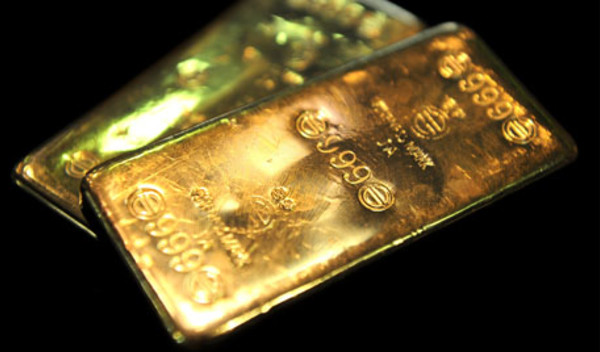

Gold’s status as a safe haven asset has been tested as investors flocked to the asset in the immediate aftermath of the vote to Brexit.
Ned Naylor-Leyland, manager of the Old Mutual Gold and Silver Fund, said: “Gold’s ‘safe haven’ status is a function of its historic role as money.
“Some people talk of gold as a commodity but I see it as a monetary instrument - a currency alternative or potentially the denominator of currencies, which is why it has this role as a ‘safe haven’.”
His fund launched in March this year, as a sub-fund of the Dublin-domiciled Old Mutual Global Investors Series Plc, and is one way in which investors can get access to precious metals.
Mr Naylor-Leyland said: “There are many ways for investors to get gold. Commonly people buy precious metals exchange-traded funds as an expression of spot gold, or they precious metals equity funds.”
In a video interview with Investment Adviser’s Eleanor Duncan, Mr Naylor-Leyland said it was a positive time for gold and silver investing at the moment, particularly because of the low-interest rate environment.
“People think of it as an uncertainty play and it is fair to say gold or silver positions now could hedge some uncertainties, as a hedge but in truth I think it is more about negative nominal and real yields in the cash or near-cash markets.
“If you are losing money holding cash in the bank, the opportunity costs of owning a gold bar is that although it may not yield anything, it is not losing value.”
5079651920001
MyExperience5079651920001
He explained: “Unless you are expecting positive real yields to come back in the next 12 to 24 months, it is a positive environment for gold and silver investing.
“Given the choice between having cash or near cash giving no or a negative return, or owning a gold bar - that is where the drivers for gold are coming from”, he said.
The only thing that could disrupt this pattern would be a series of interest rate hikes, which Mr Naylor-Leyland said could mean people holding gold as a cash alternative to a zero yield in cash or near-cash, could sell out of commodities and return to invest in short-term paper giving them a real yield.
However, the market does not like rate hikes and central bankers are “reluctant to deliver them”, Mr Naylor-Leyland commented, so this scenario would be unlikely, certainly in the near-term.
“Silver is the primary monetary metal of history. It is less deep, a shallower market than gold so it tends to be more volatile in its behaviour than gold but they trade in sympathy with each other.”



